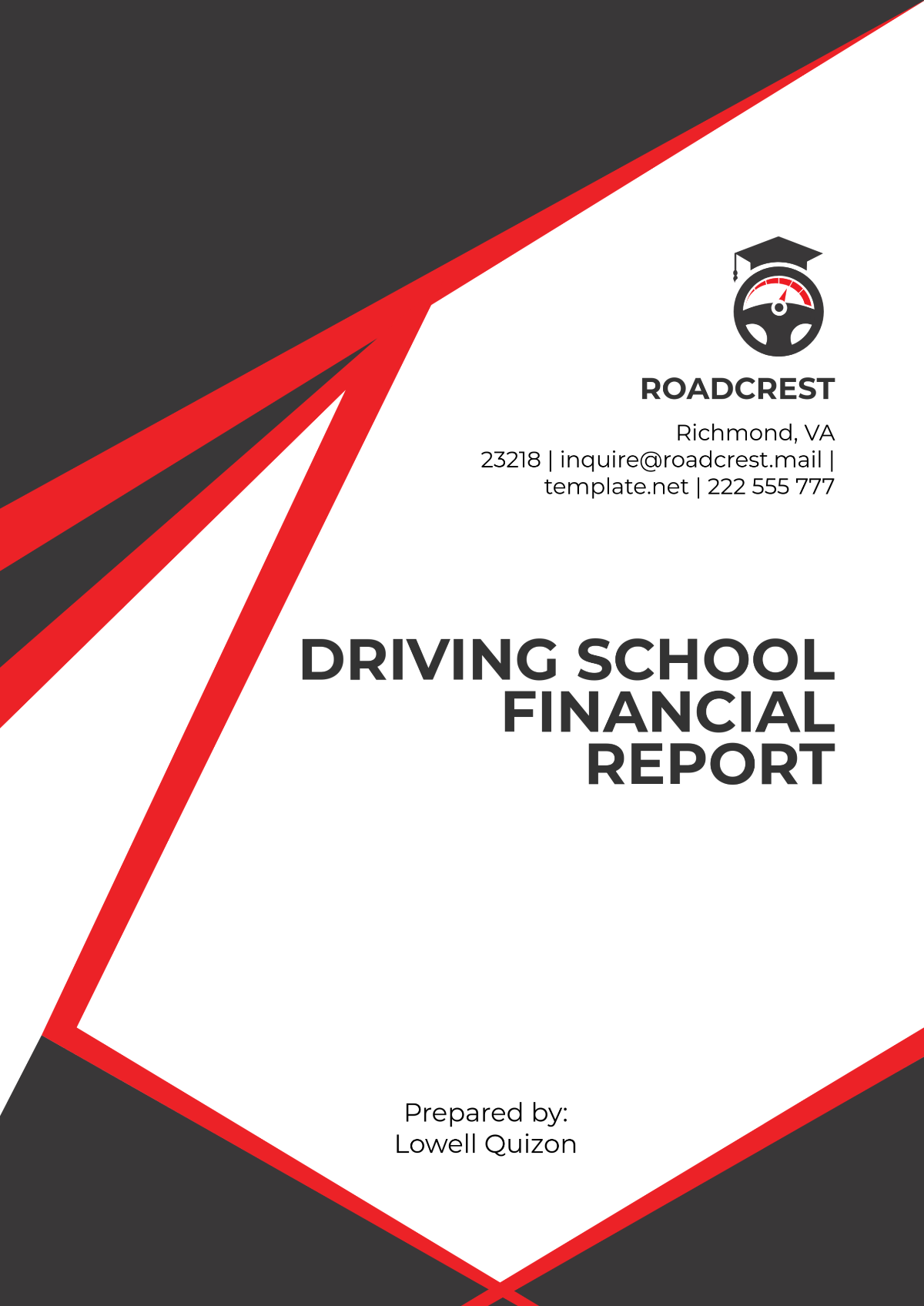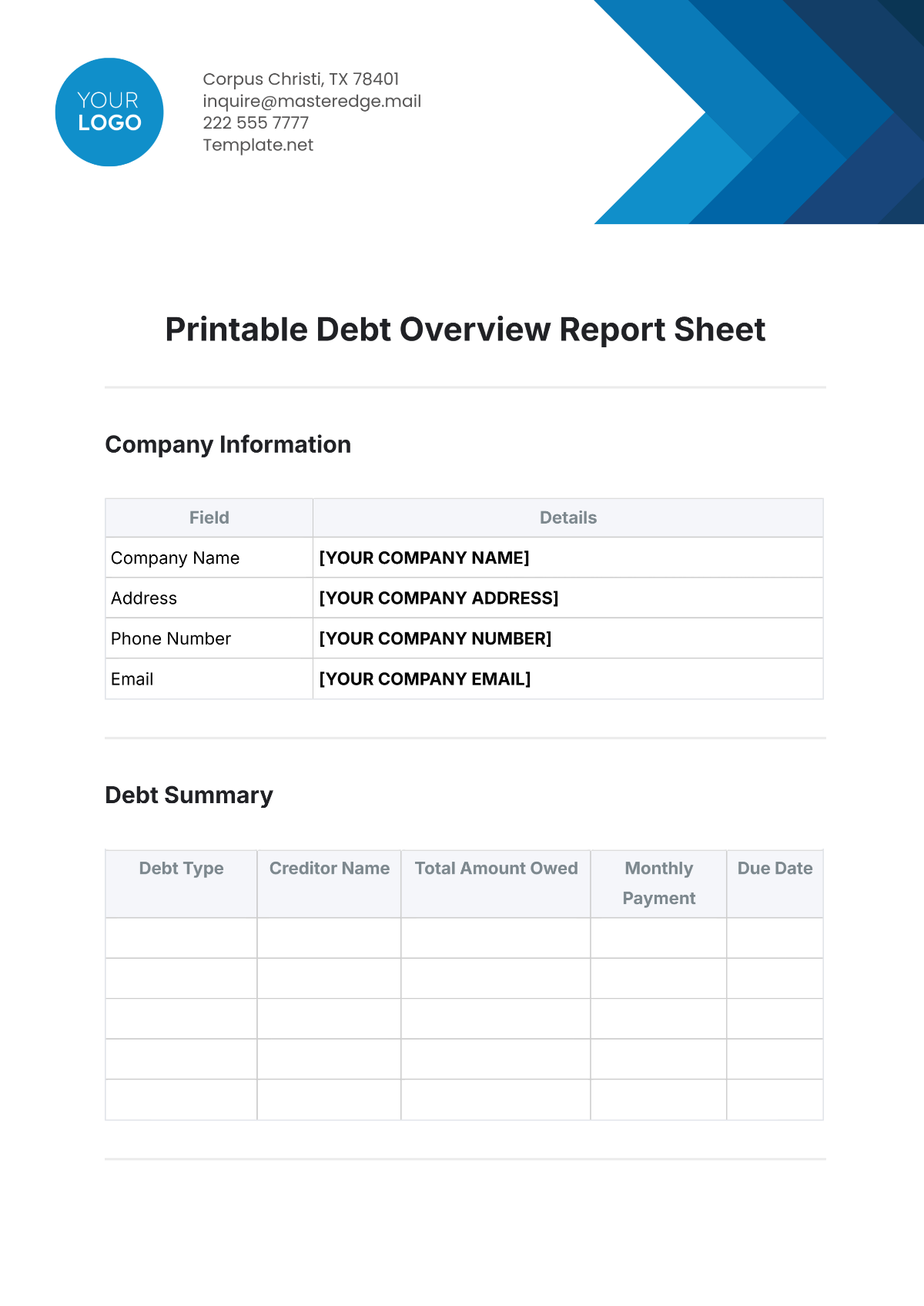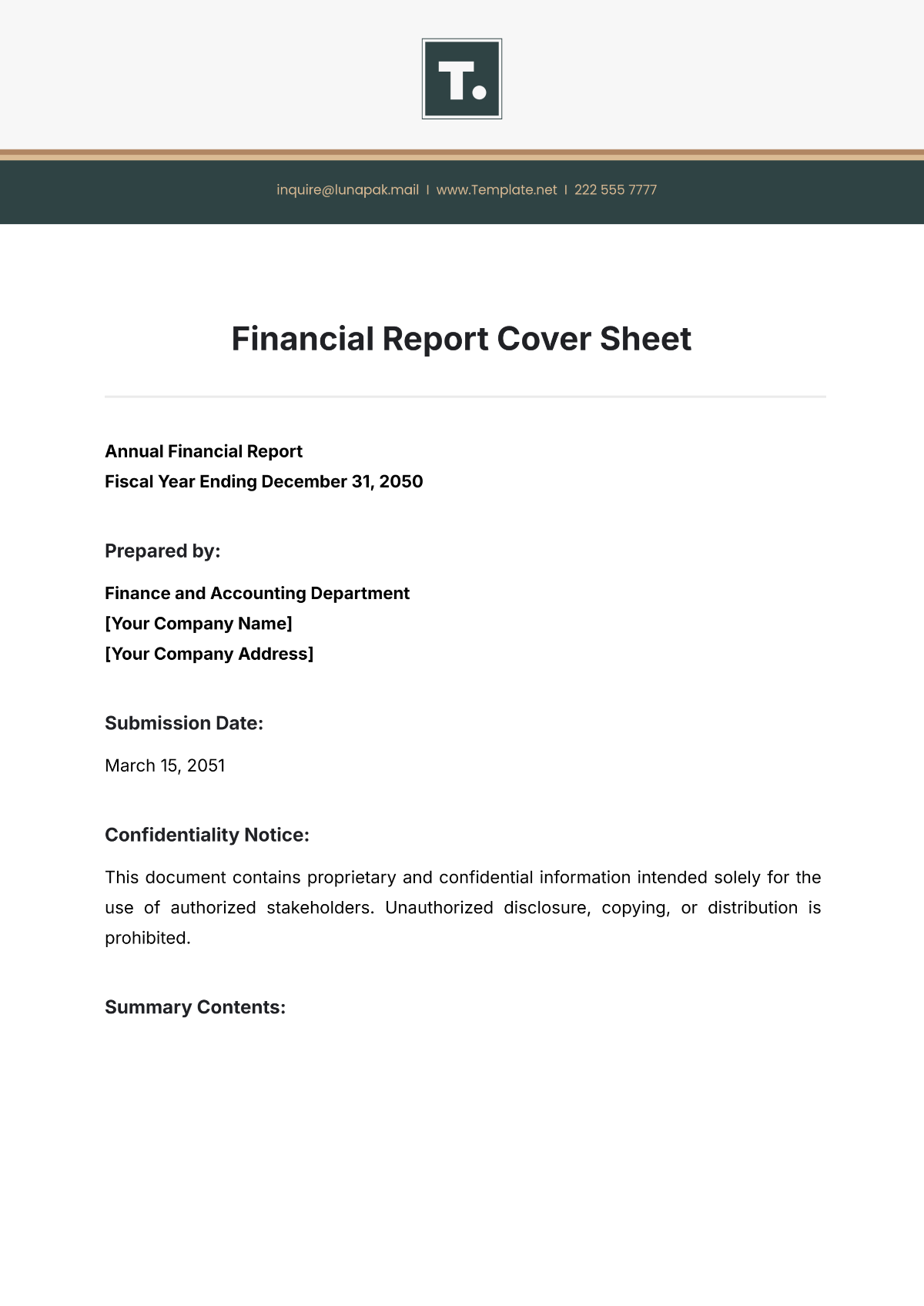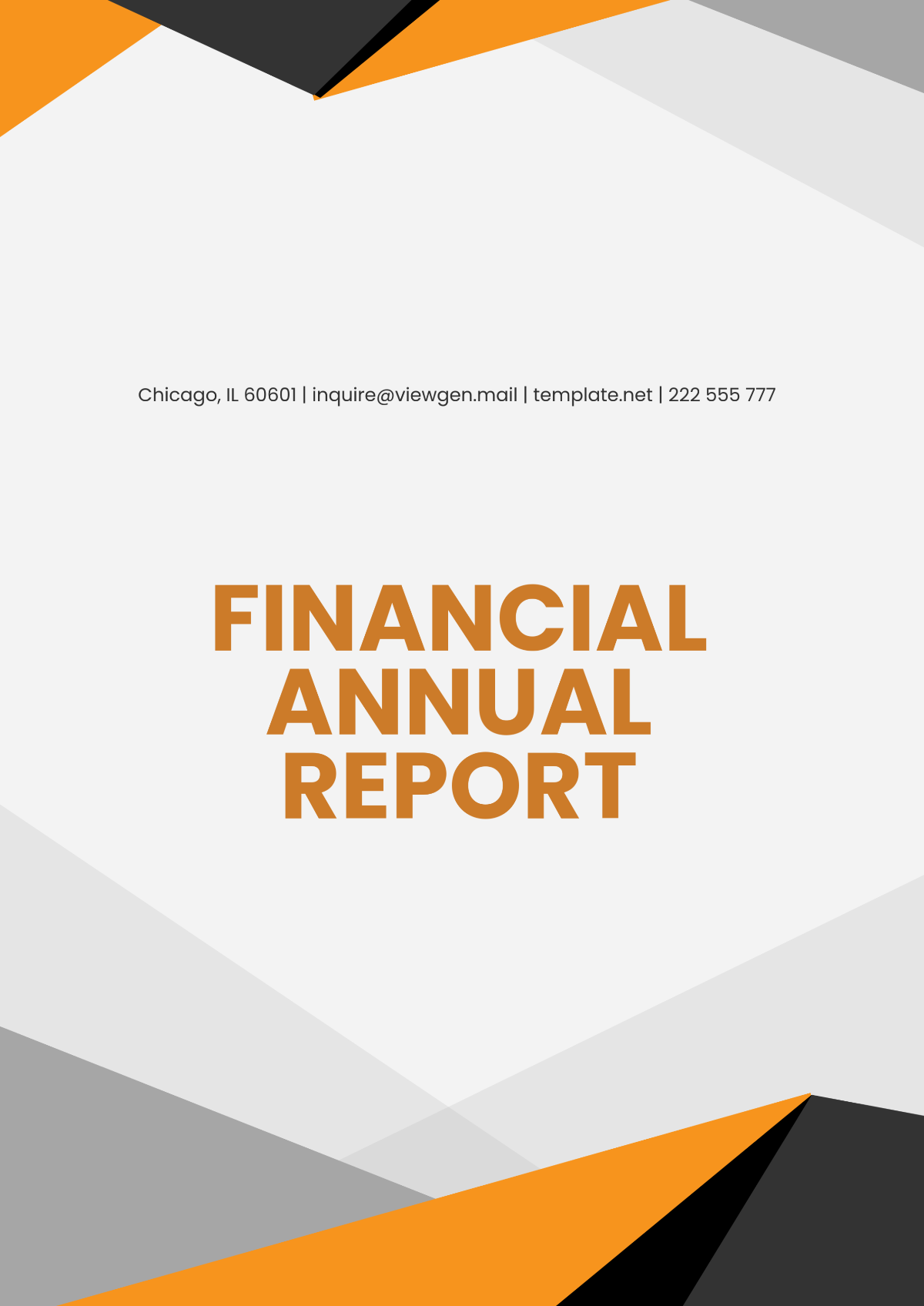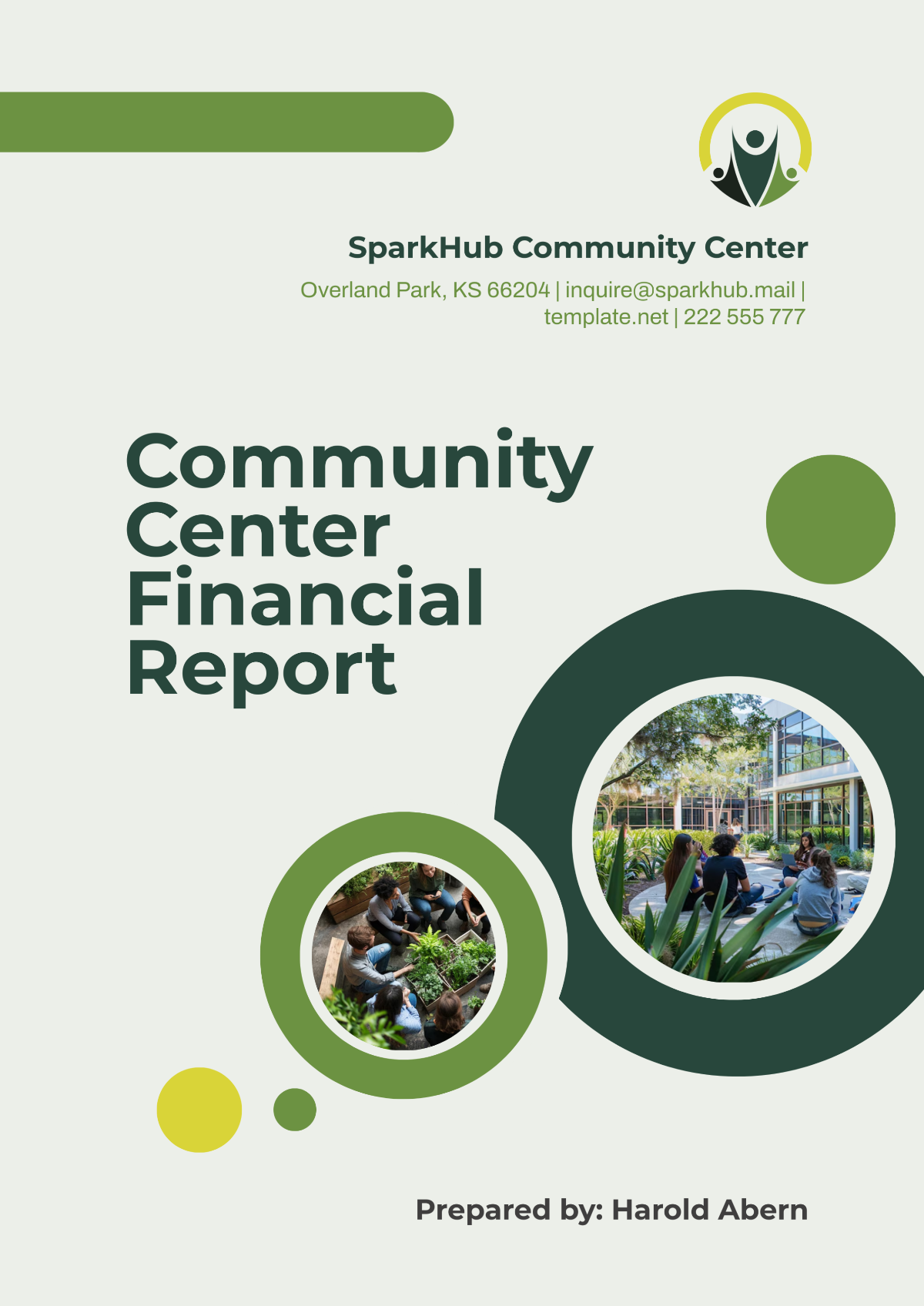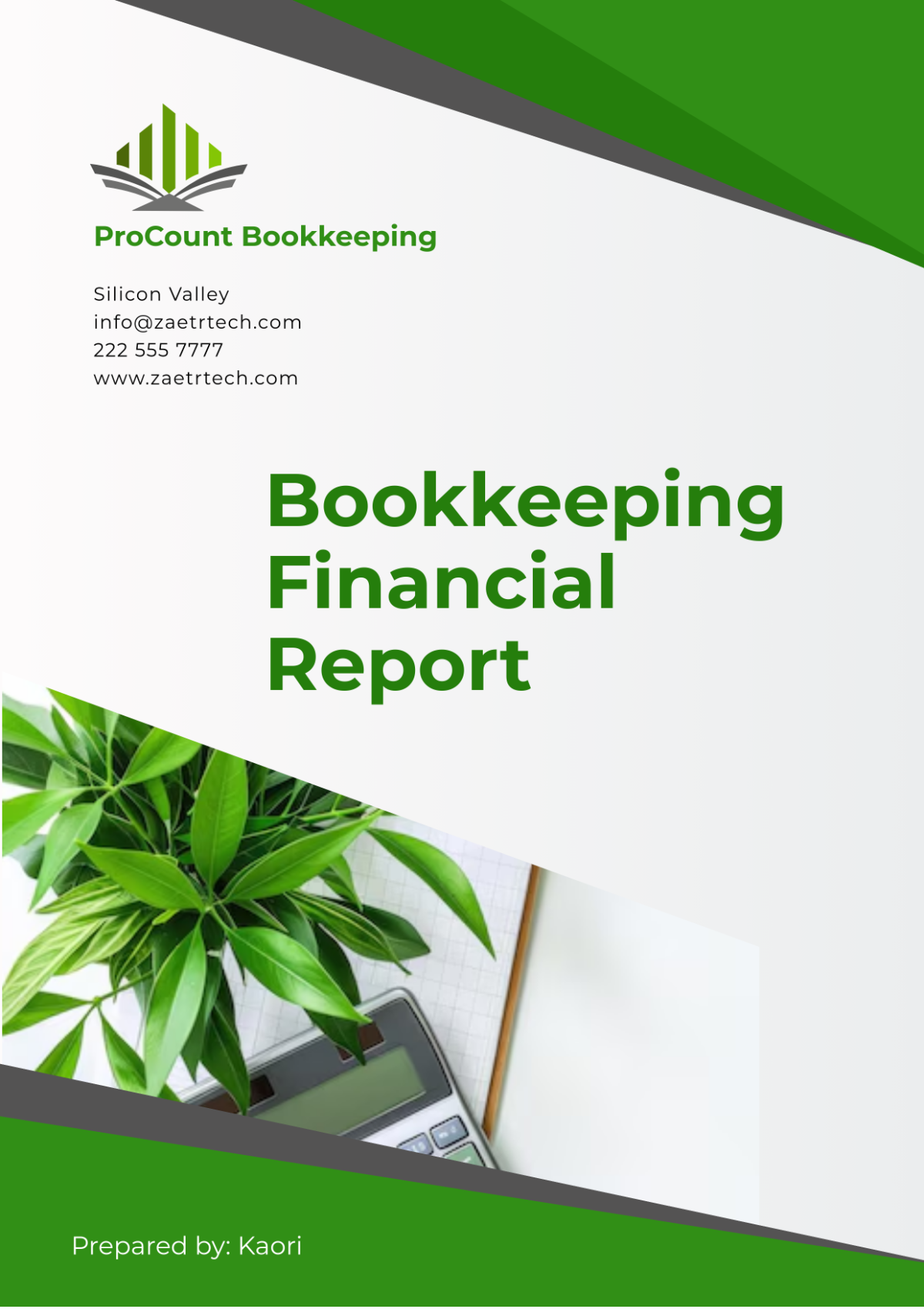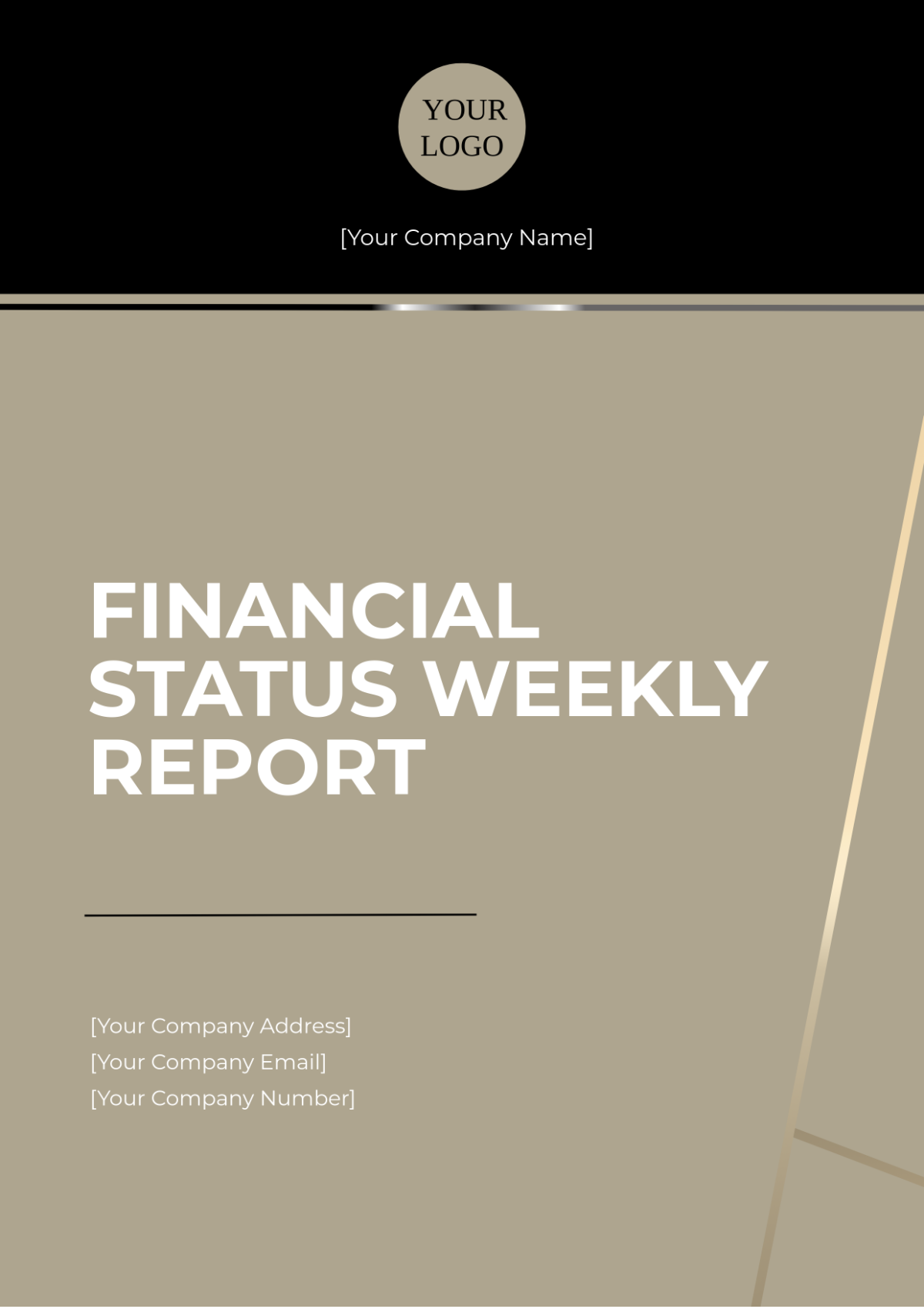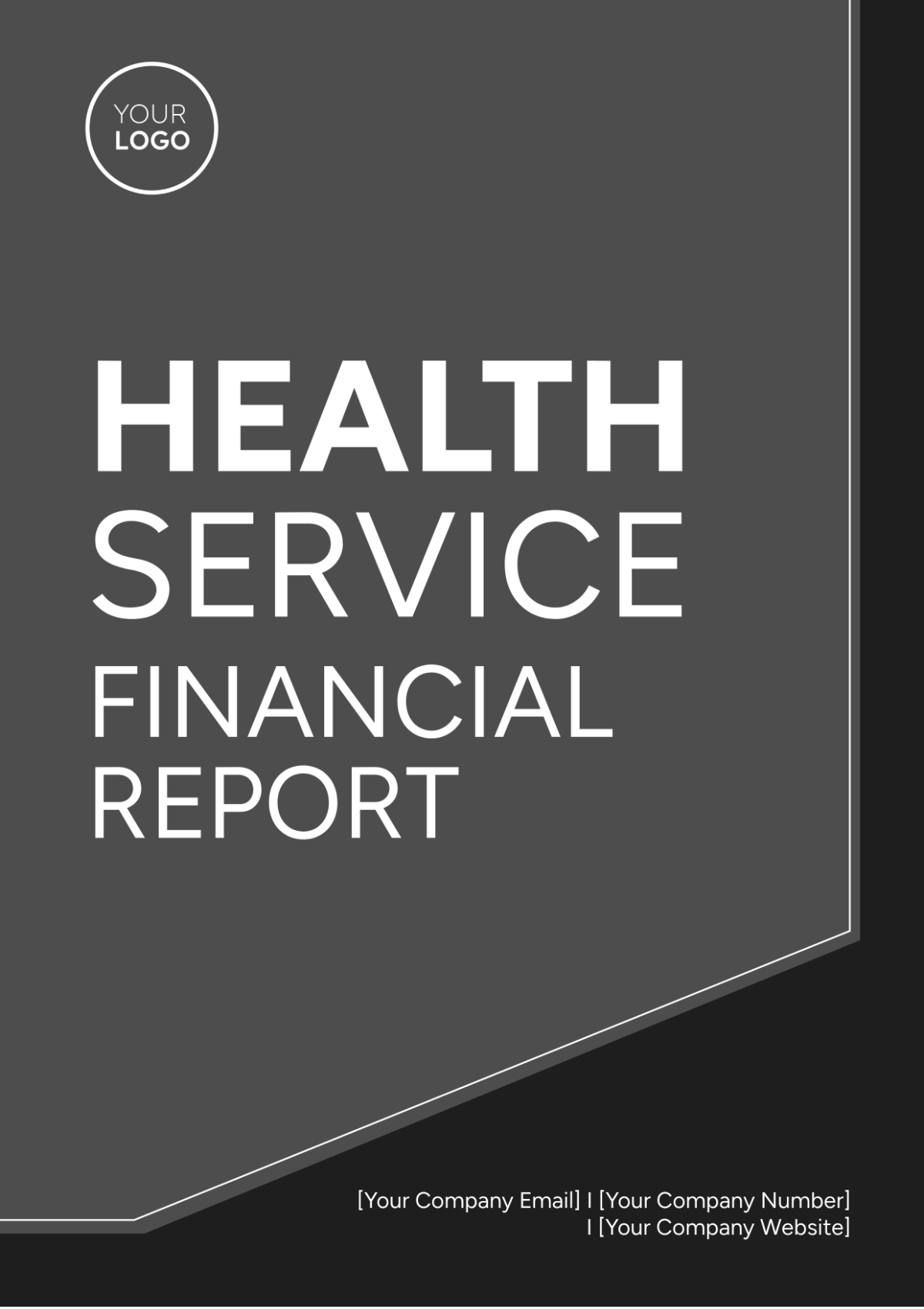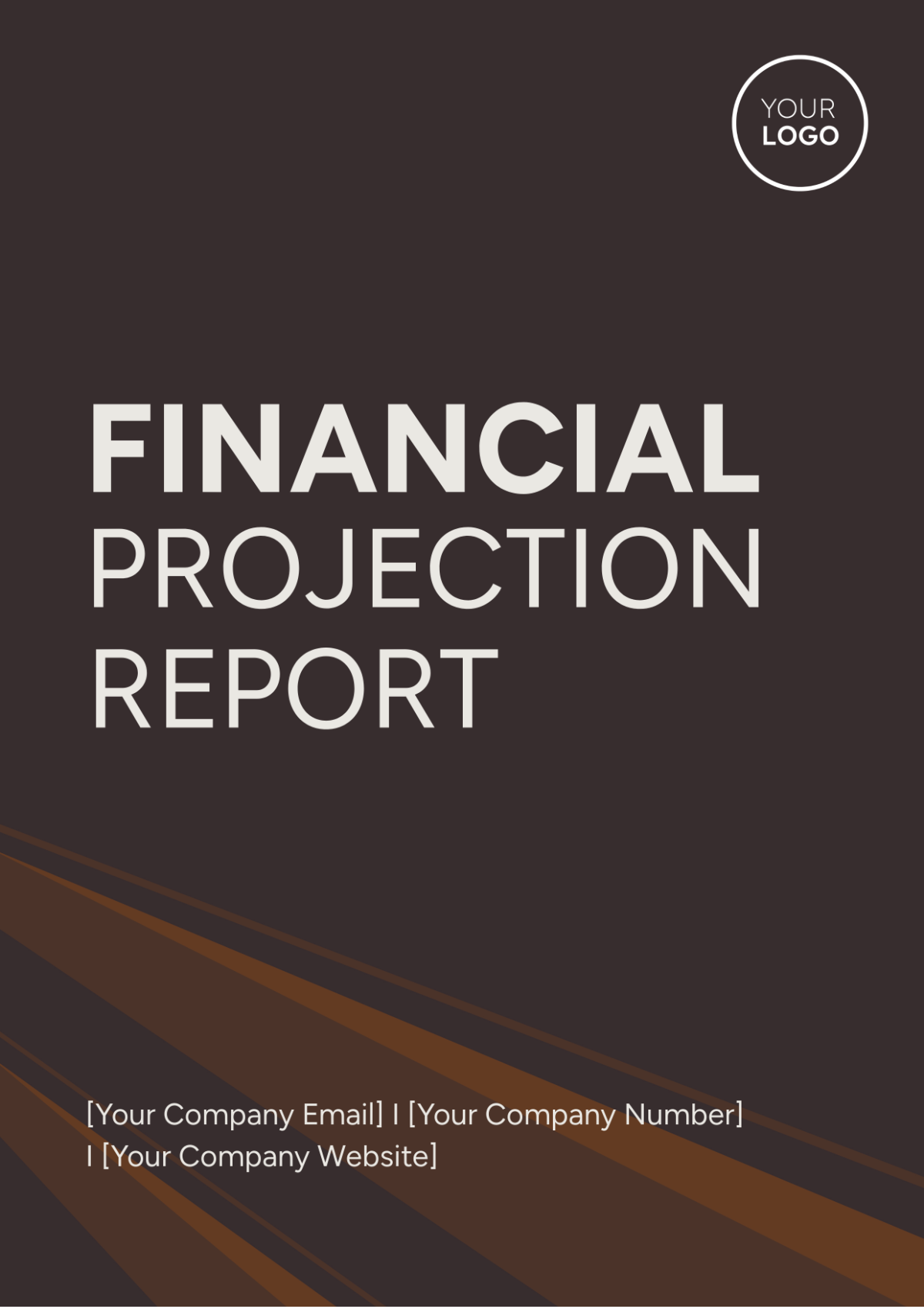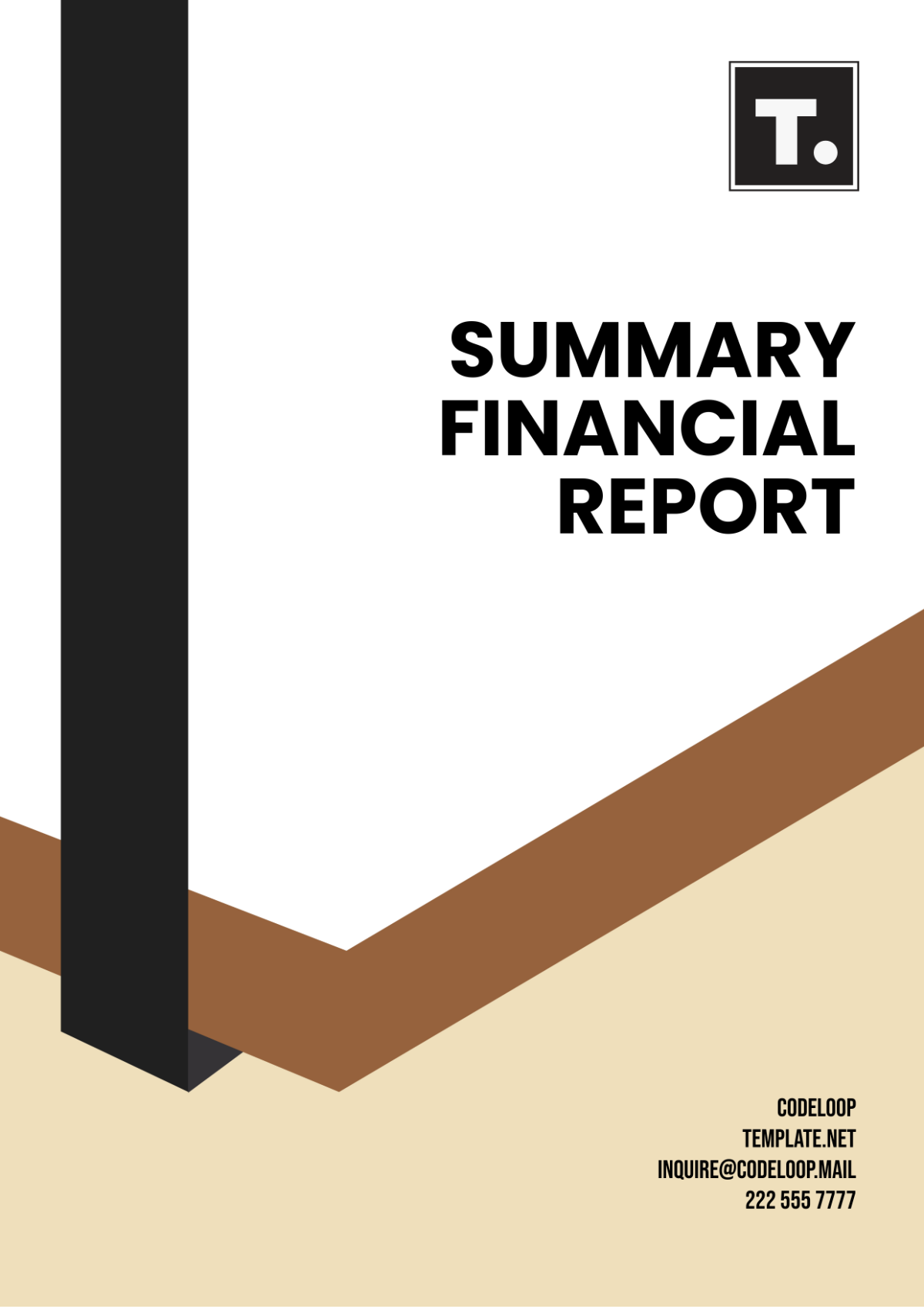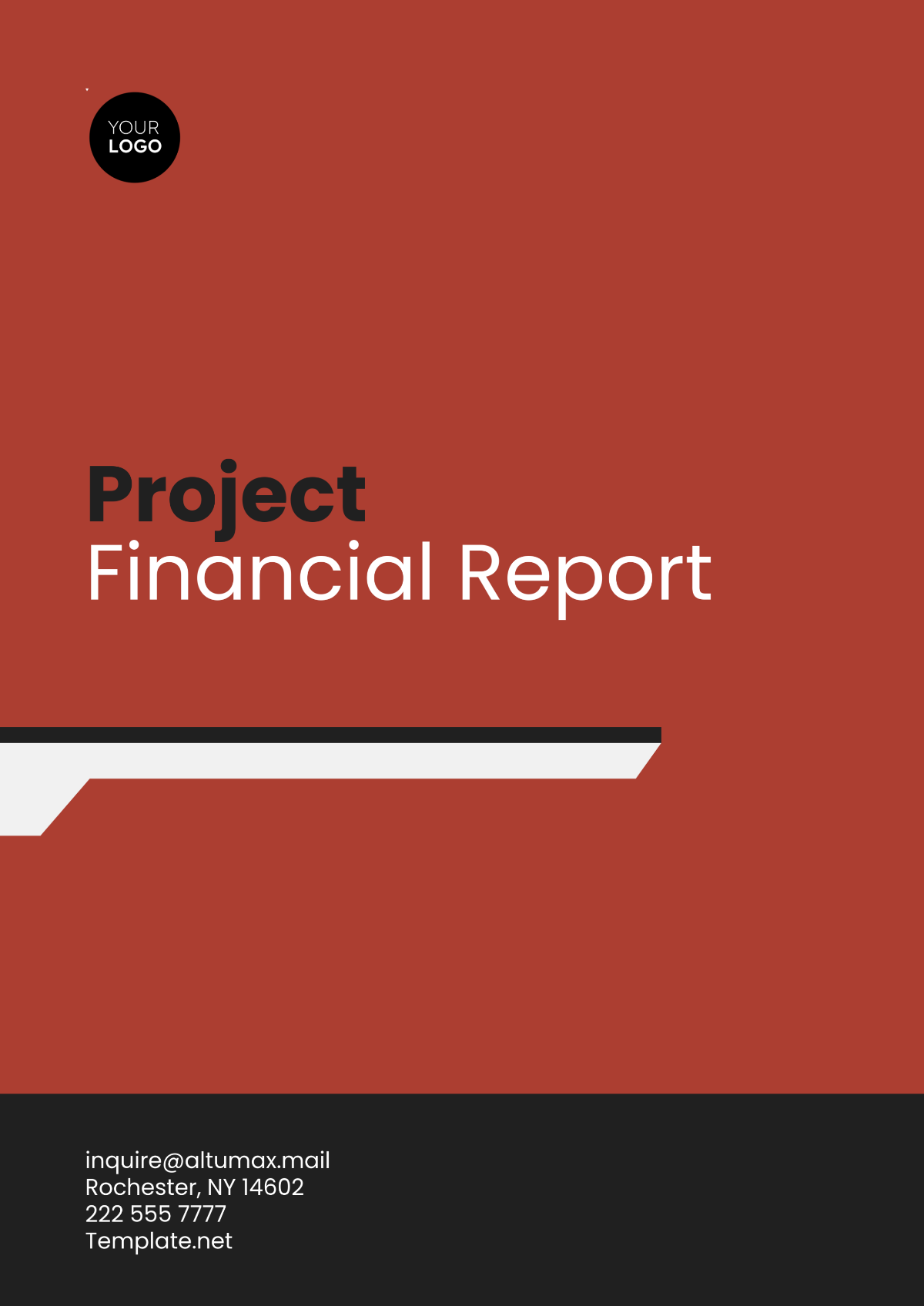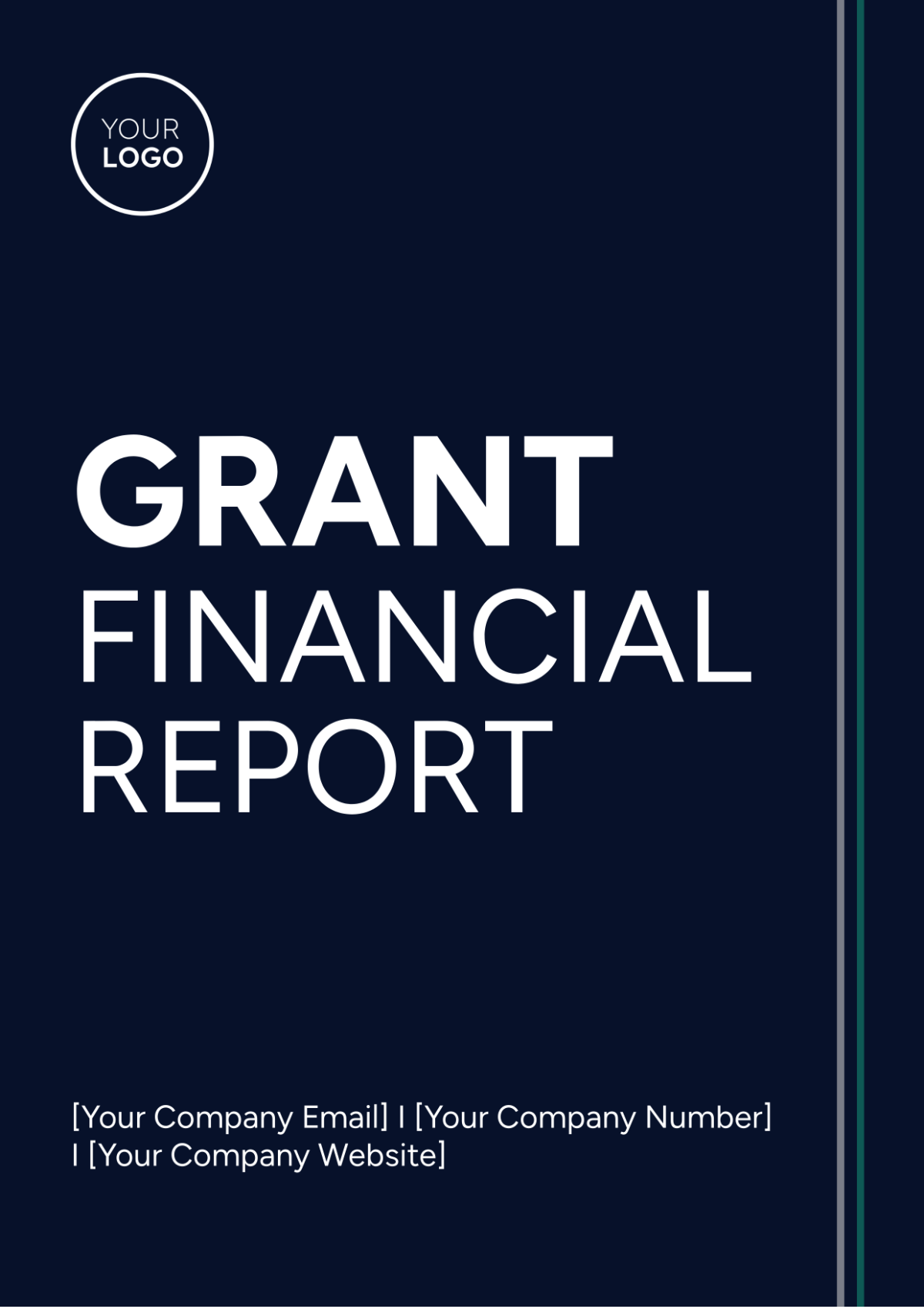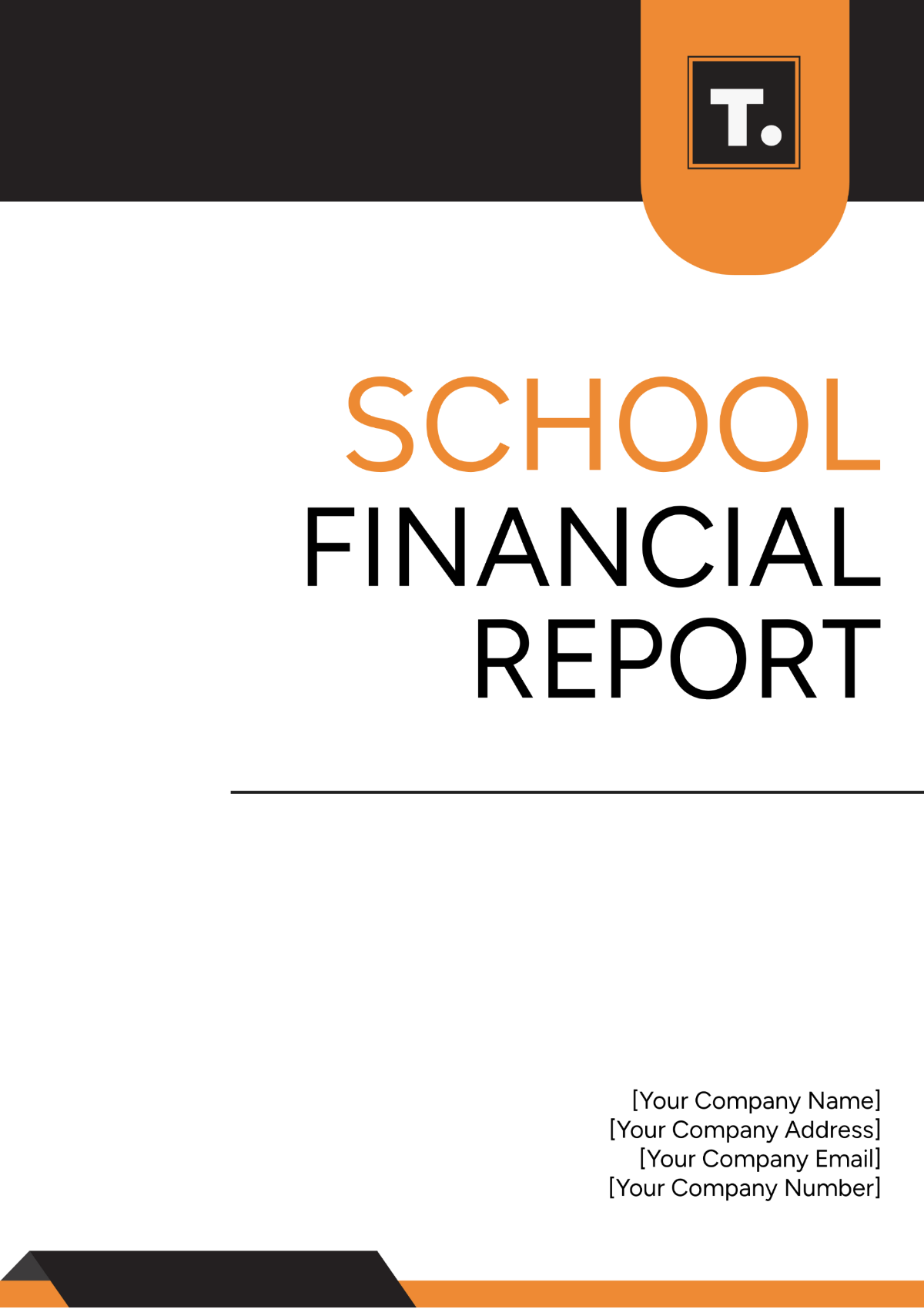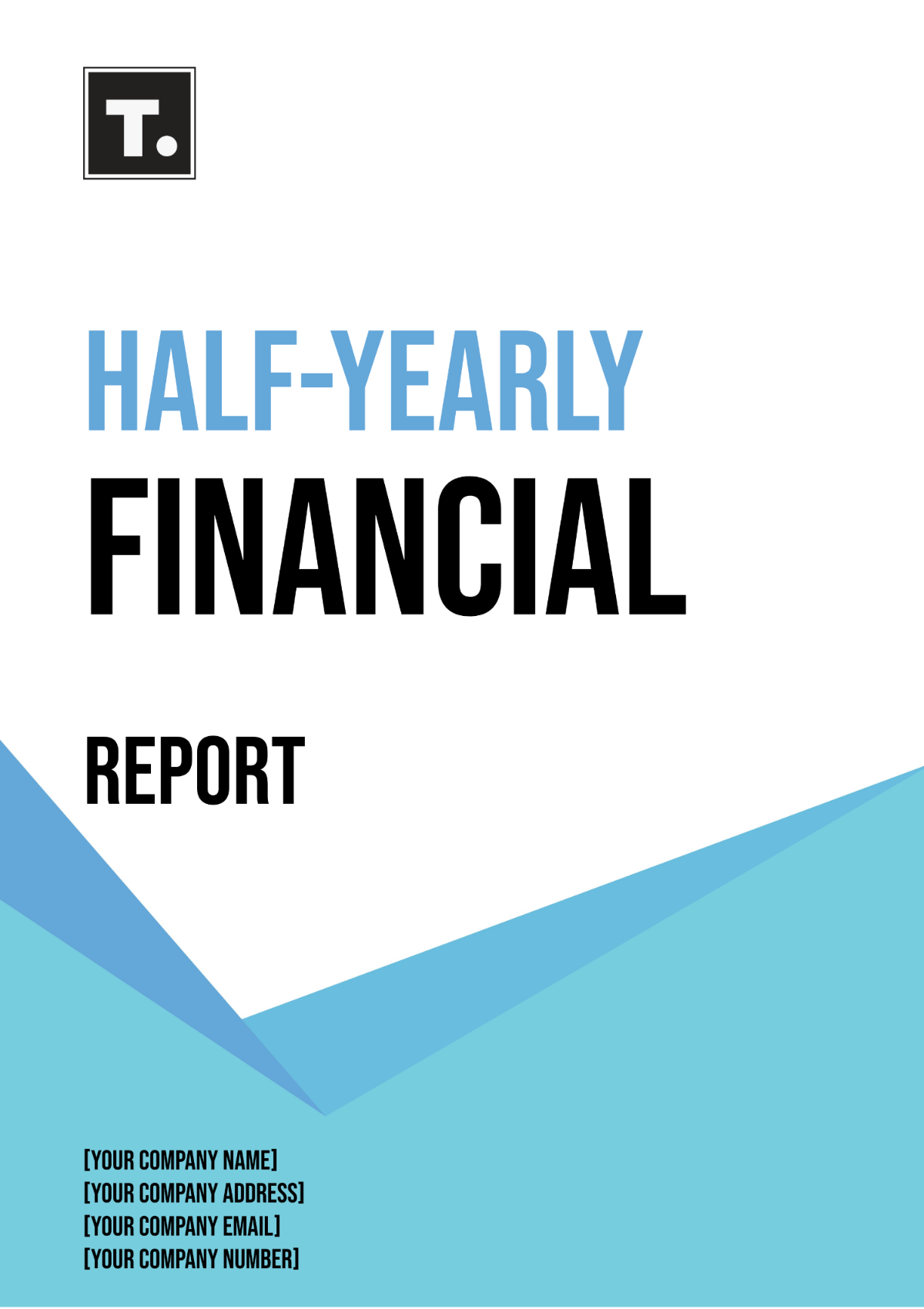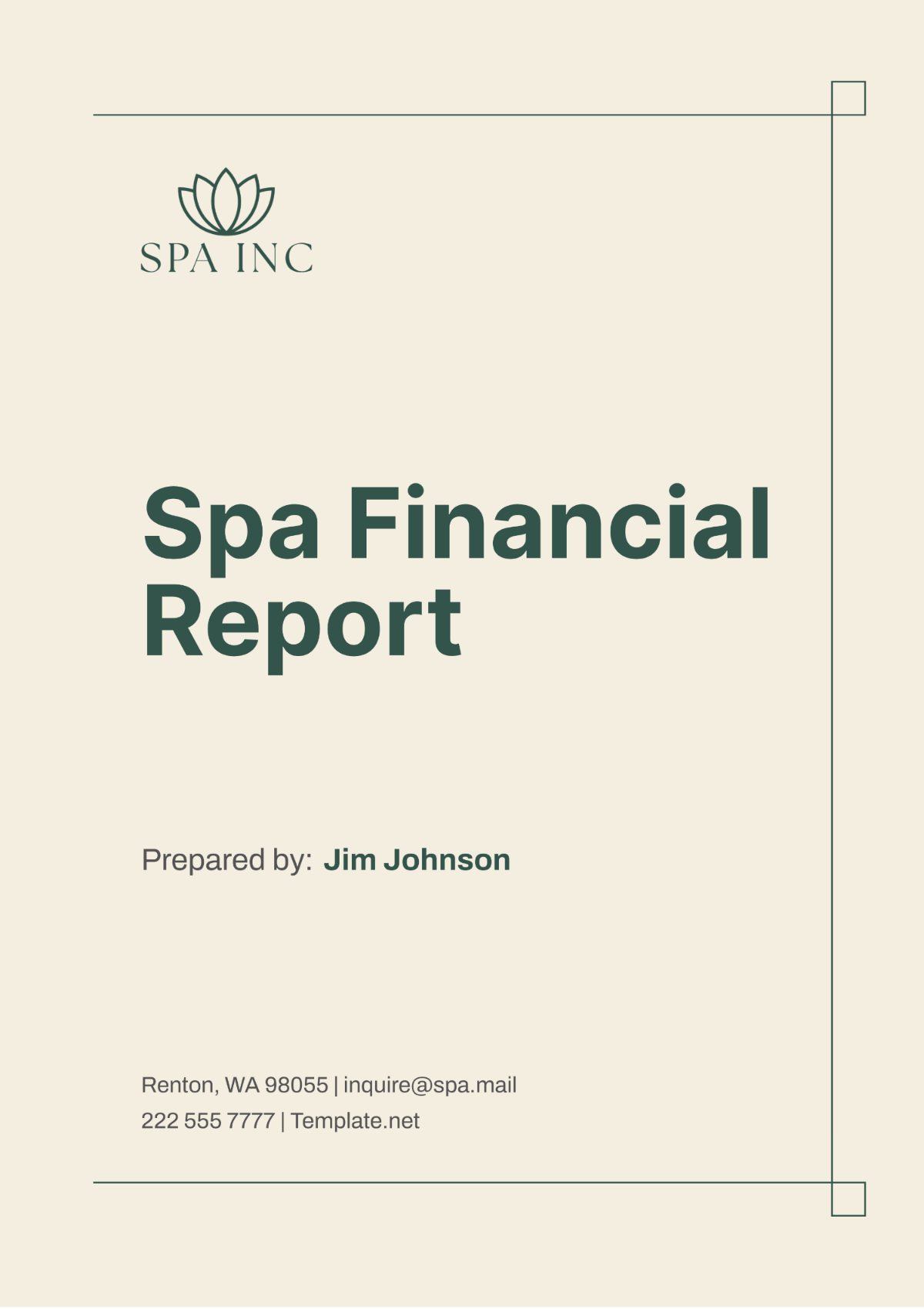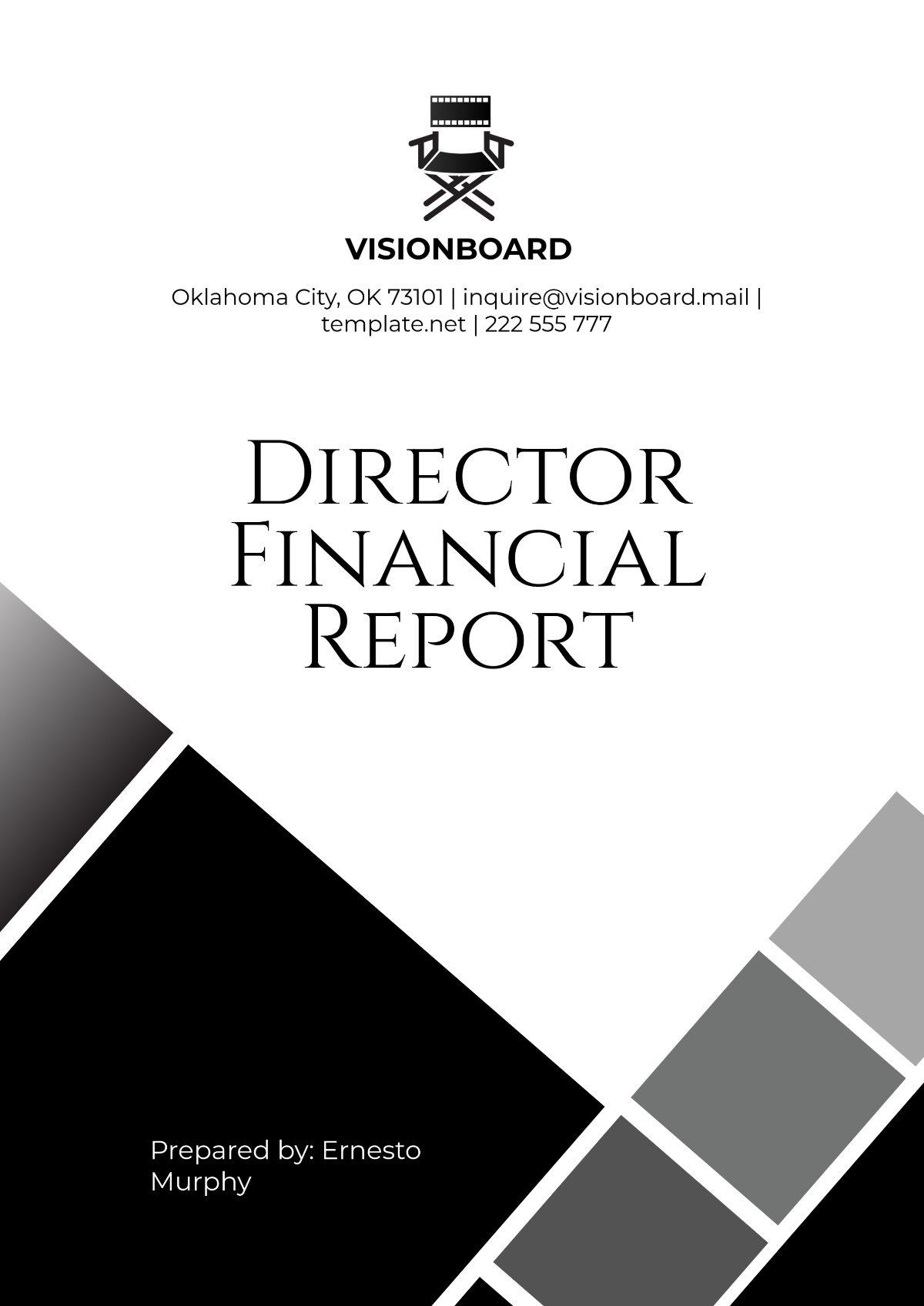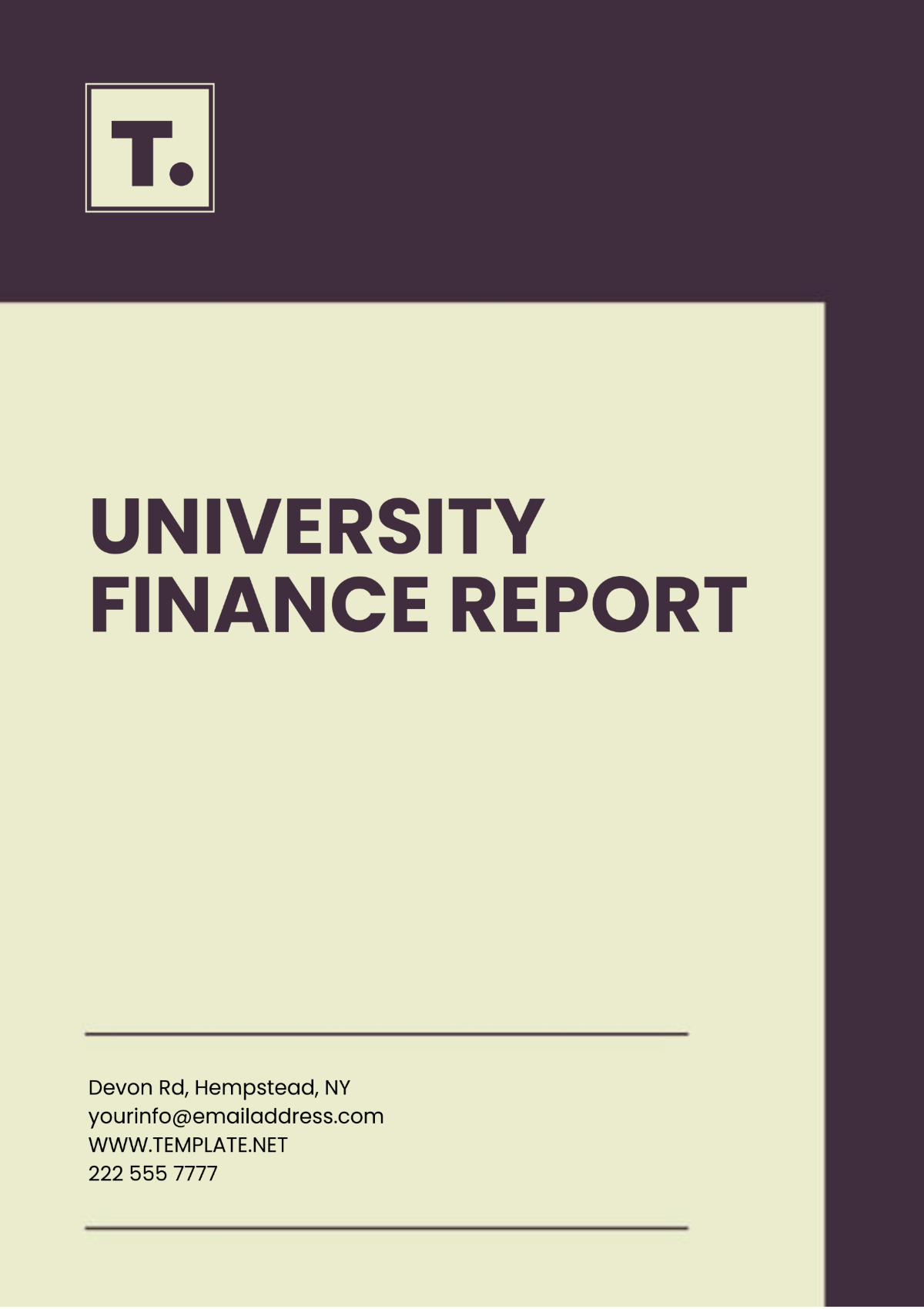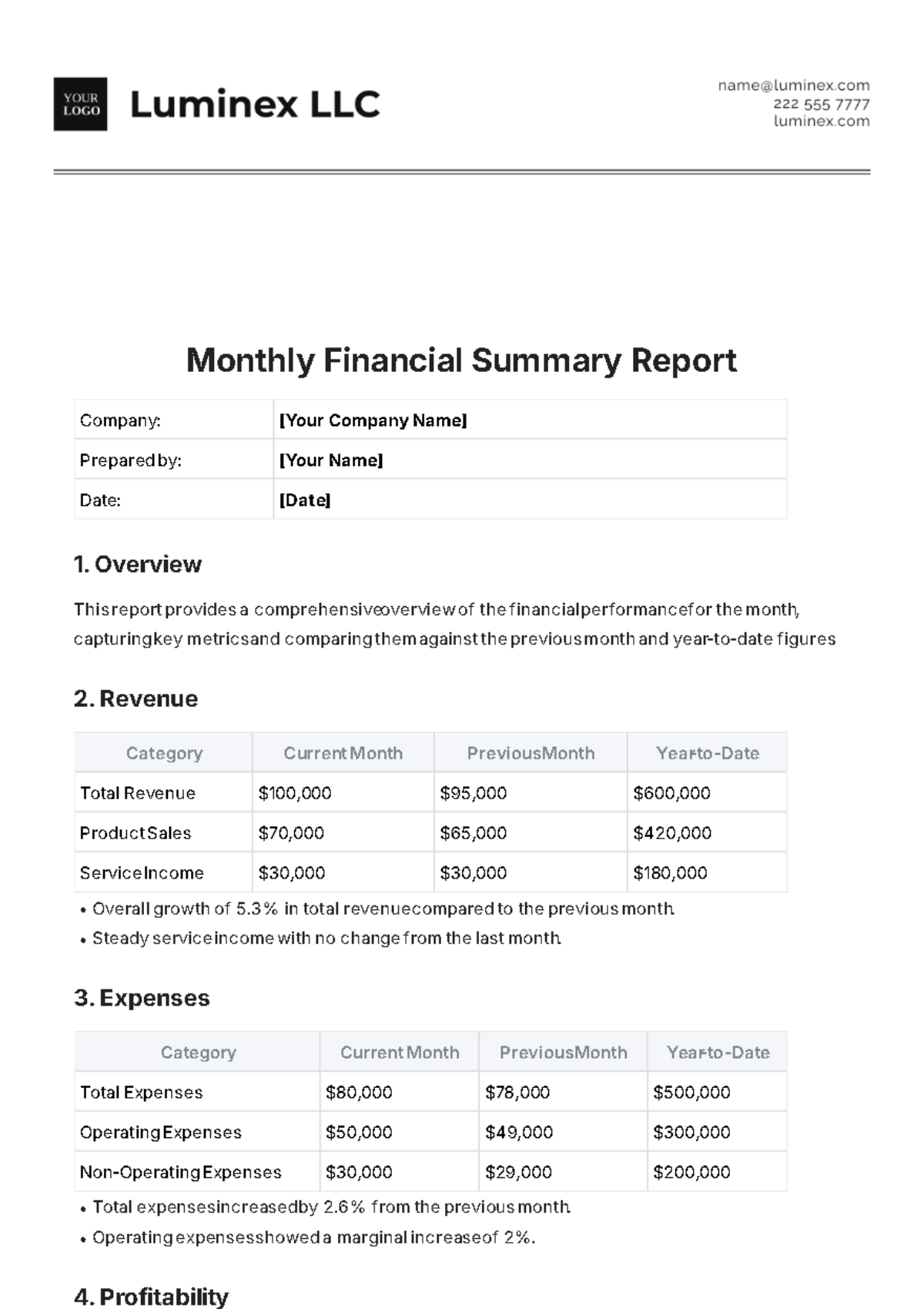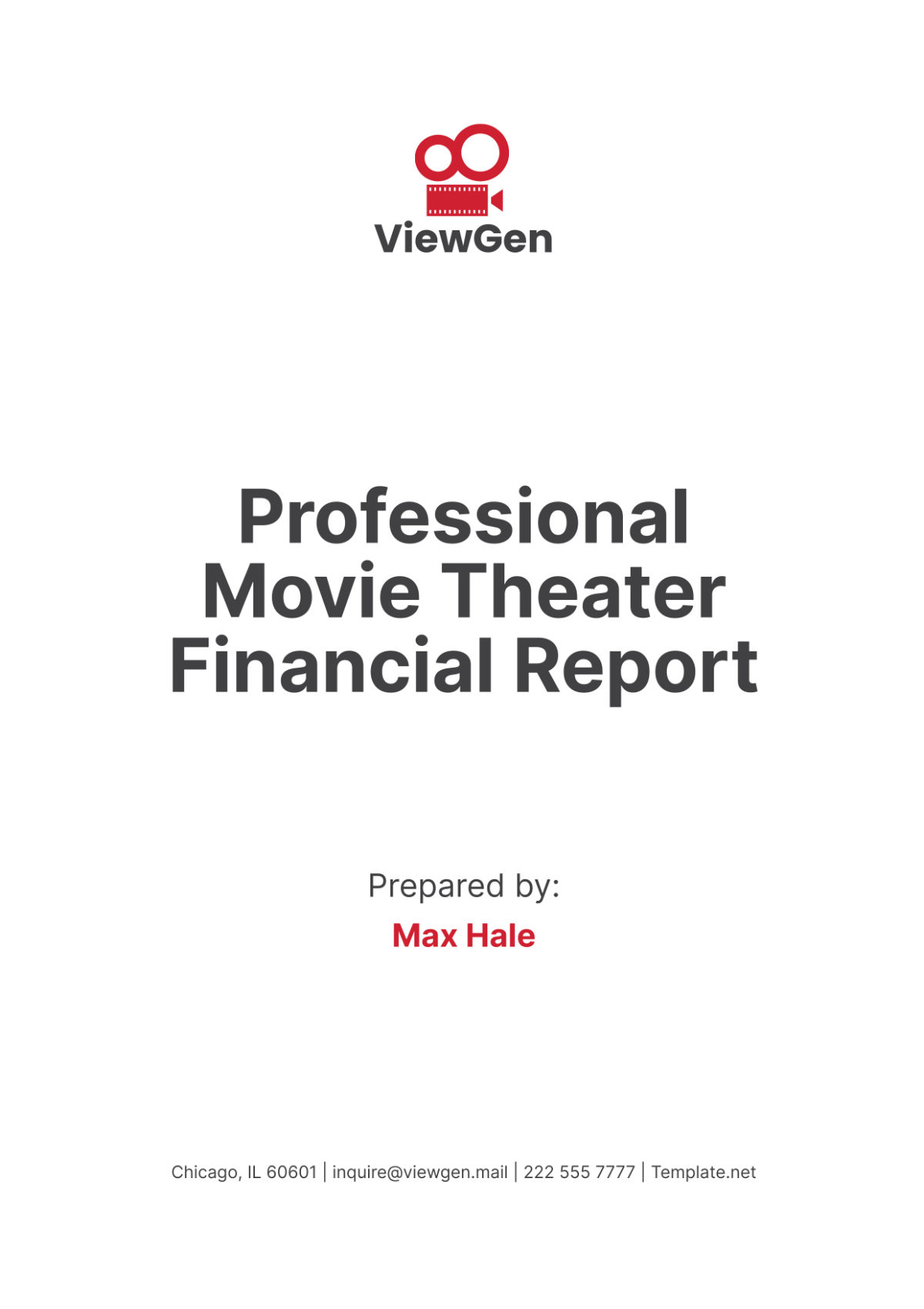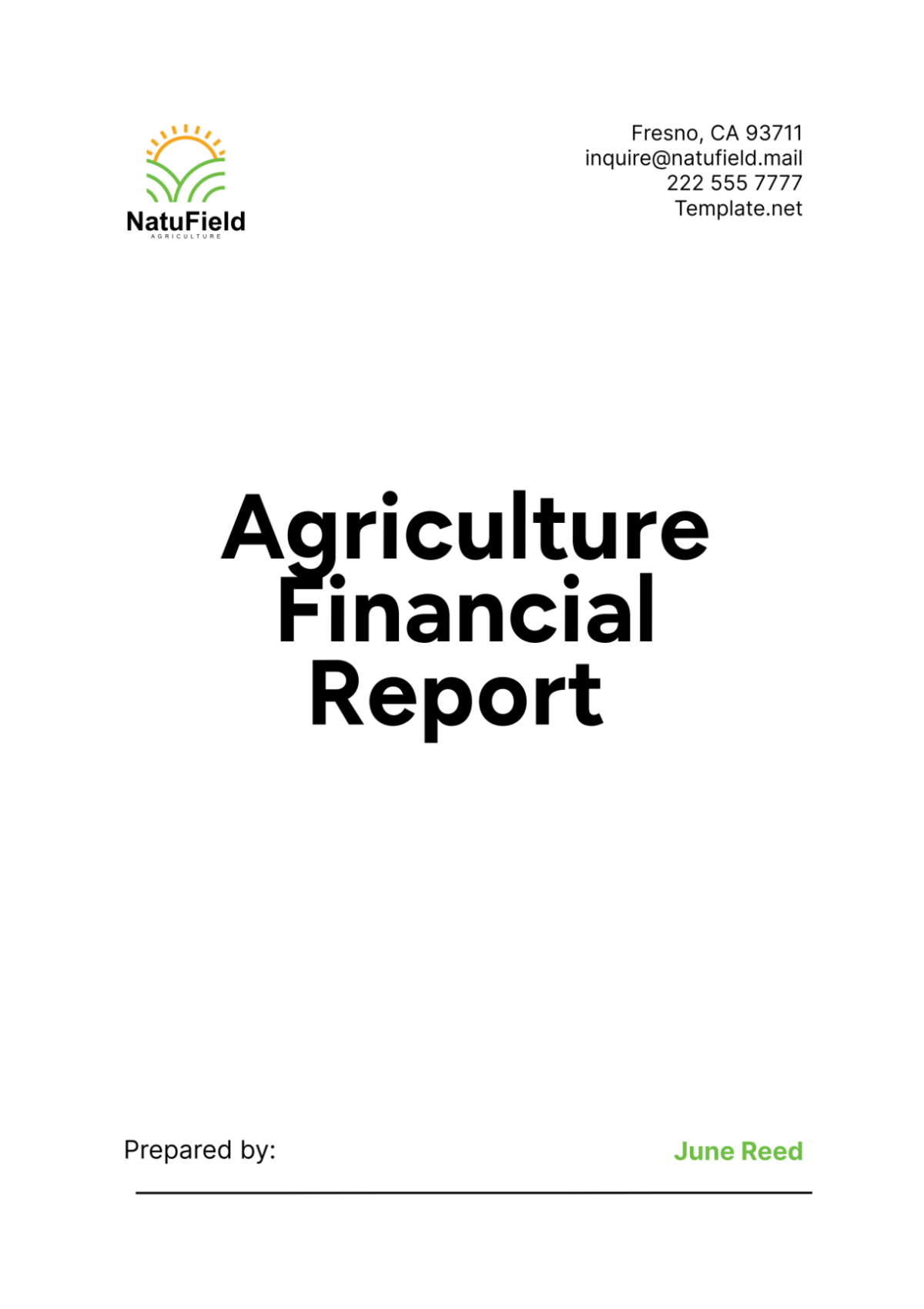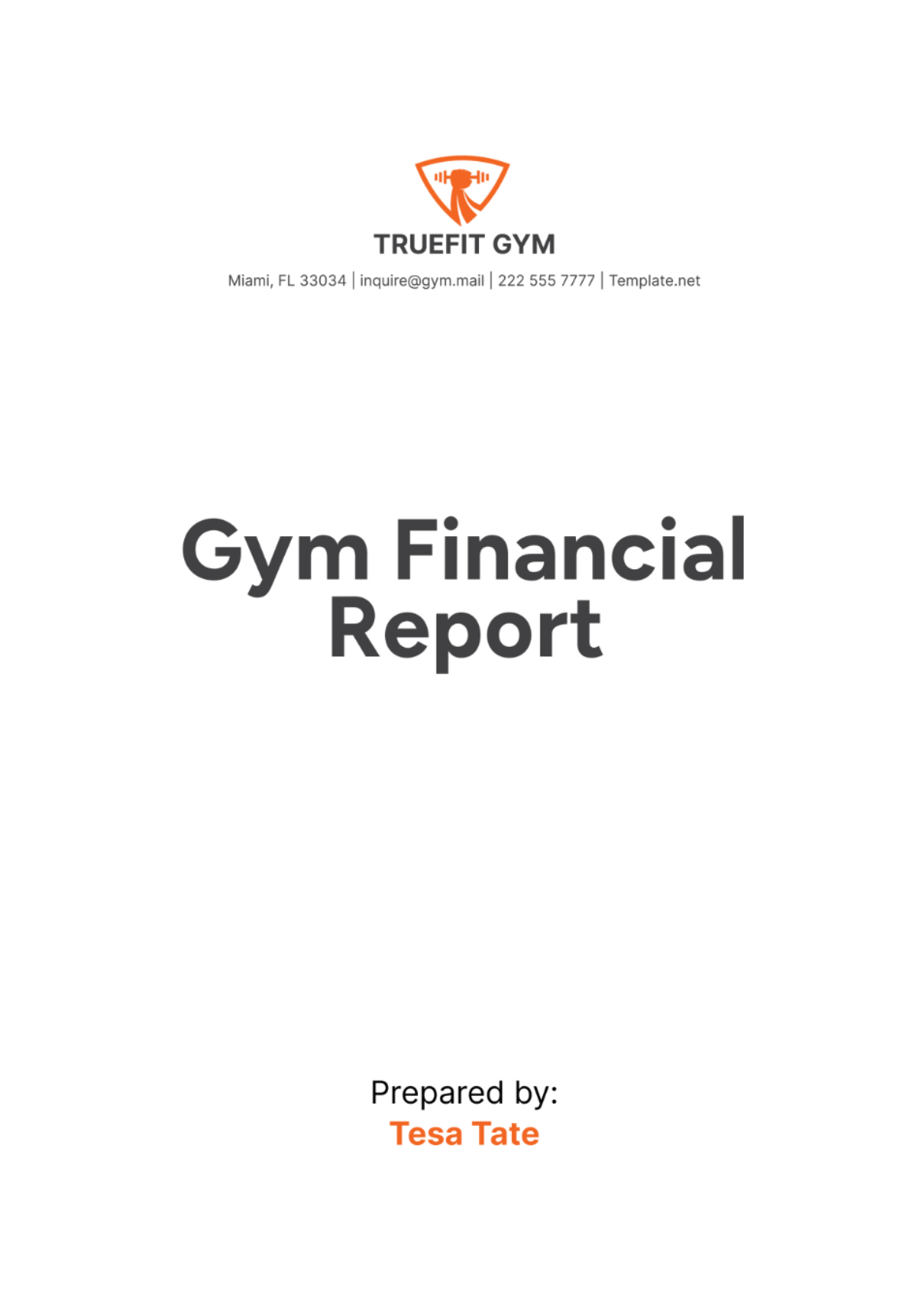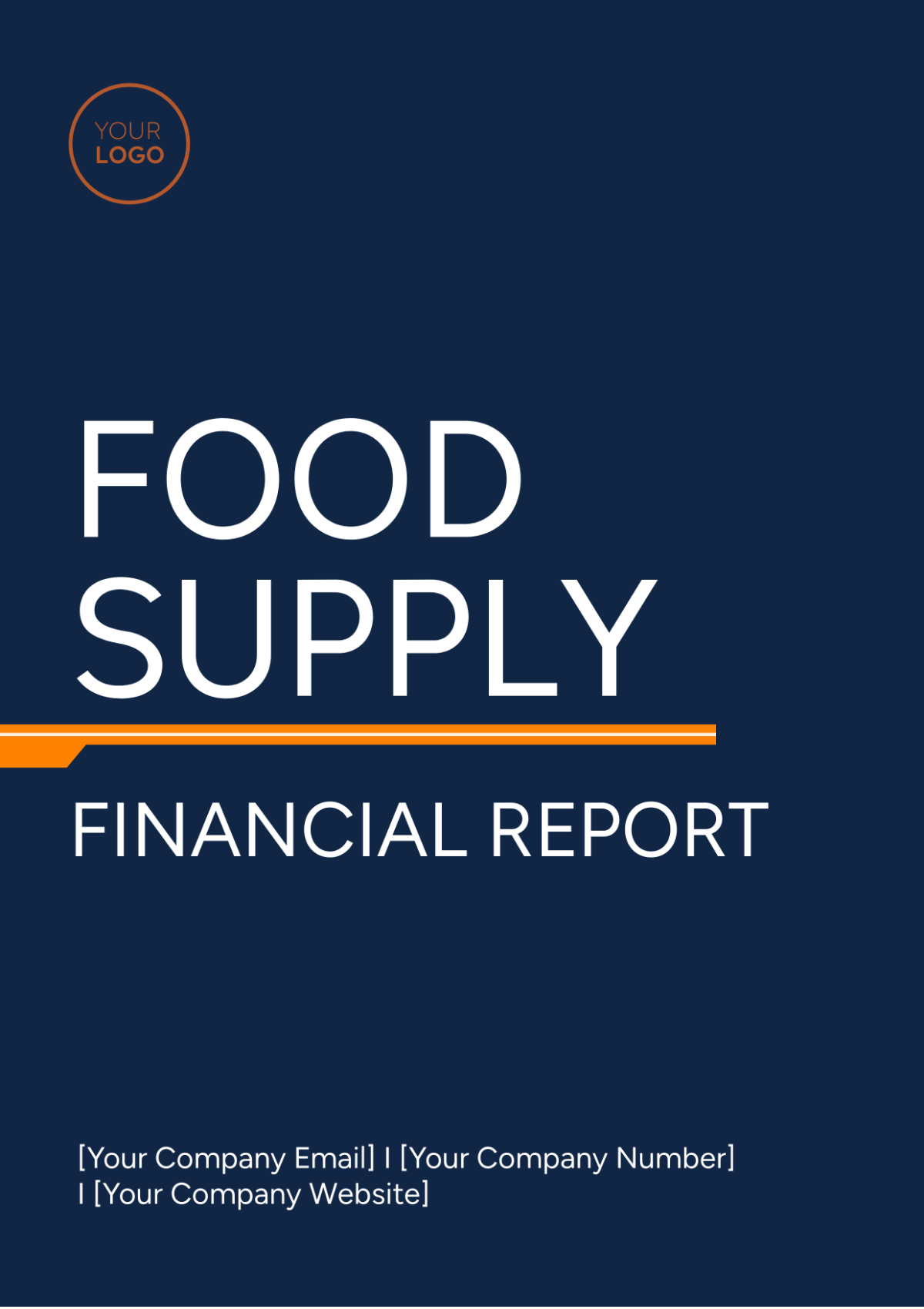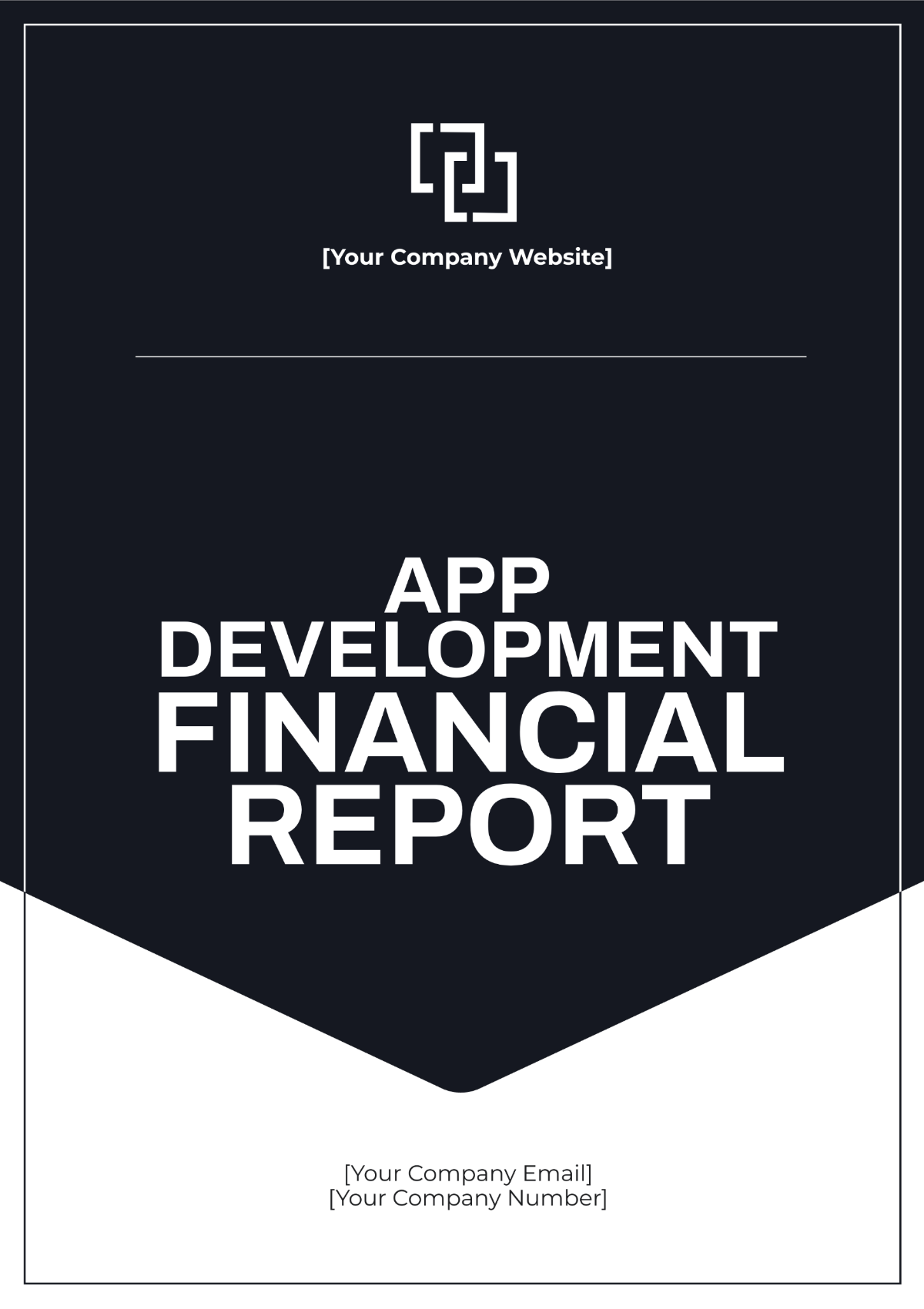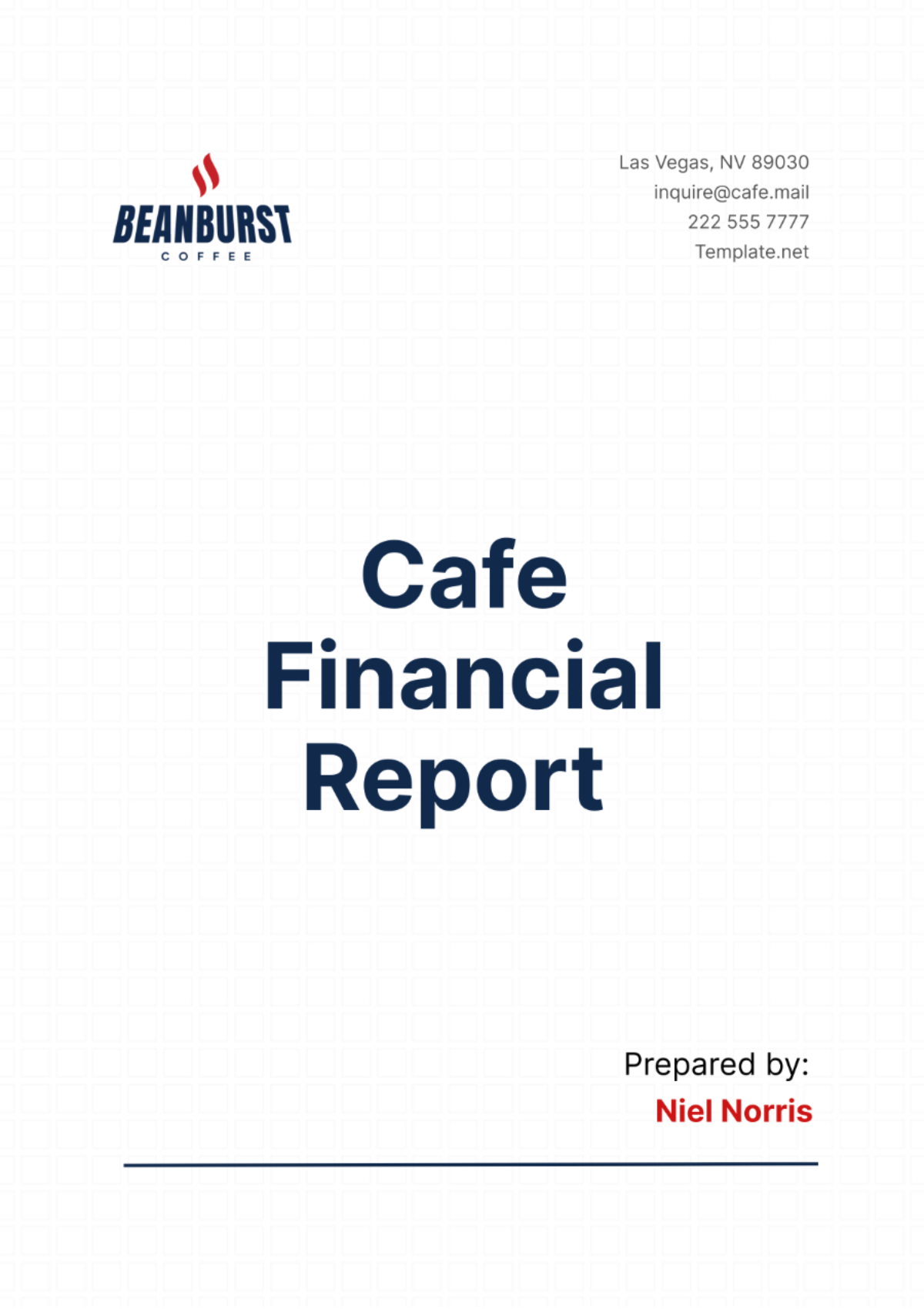Professional University Finance Report
Prepared by: [YOUR NAME]
Email: [YOUR EMAIL]
I. Executive Summary
In the ever-evolving landscape of higher education, financial planning and budgeting are crucial to ensuring sustainable growth and operational efficiency. This report outlines the financial strategy and budgetary allocations for the fiscal year beginning January 1, 2050. Through comprehensive analysis and forecasting, we aim to provide a roadmap that supports the university’s strategic objectives and enhances its financial health.
II. Financial Planning Overview
Financial planning serves as the foundation for informed decision-making within the university. Our approach encompasses evaluating revenue streams, expenditure trends, and financial projections to effectively allocate resources.
Revenue Projections
The following table outlines the projected revenue sources for the fiscal year:
Source | Q1 (Jan - Mar) | Q2 (Apr - Jun) | Q3 (Jul - Sep) | Q4 (Oct - Dec) |
|---|---|---|---|---|
Tuition Revenue | $1,500,000 | $1,700,000 | $1,800,000 | $2,000,000 |
Government Grants | $500,000 | $600,000 | $650,000 | $700,000 |
Donations & Sponsorships | $200,000 | $250,000 | $300,000 | $350,000 |
Research Funding | $300,000 | $350,000 | $400,000 | $450,000 |
Other Income | $150,000 | $200,000 | $250,000 | $300,000 |
Expenditure Allocations
To support our objectives, careful consideration must be given to our expenditure allocations. The table below summarizes the proposed budget for key expenditure categories:
Category | Q1 (Jan - Mar) | Q2 (Apr - Jun) | Q3 (Jul - Sep) | Q4 (Oct - Dec) |
|---|---|---|---|---|
Academic Programs | $1,000,000 | $1,200,000 | $1,300,000 | $1,400,000 |
Staff Salaries | $1,200,000 | $1,250,000 | $1,300,000 | $1,400,000 |
Facilities Maintenance | $300,000 | $350,000 | $400,000 | $450,000 |
Marketing & Recruitment | $250,000 | $300,000 | $350,000 | $400,000 |
Operational Expenses | $150,000 | $200,000 | $250,000 | $300,000 |
III. Budget Forecast
A detailed budget forecast is essential for aligning our financial strategies with long-term goals. This section will outline the expected budget surplus/deficit for each quarter:
Budget Surplus/Deficit
Quarter | Projected Revenue | Projected Expenditure | Surplus/Deficit |
|---|---|---|---|
Q1 (Jan - Mar) | $2,650,000 | $2,900,000 | $(250,000) |
Q2 (Apr - Jun) | $2,850,000 | $2,800,000 | $50,000 |
Q3 (Jul - Sep) | $3,100,000 | $2,950,000 | $150,000 |
Q4 (Oct - Dec) | $3,350,000 | $3,000,000 | $350,000 |
This forecast indicates a need for continued monitoring, especially in Q1, to address the anticipated deficit effectively.
IV. Conclusion
As we look towards the fiscal year beginning January 1, 2050, the proposed financial strategies and budgetary allocations are designed to promote sustainable growth and operational excellence. Ongoing evaluation and adjustments will be key to achieving our financial objectives, ensuring that the university remains resilient and well-positioned to adapt to future challenges.

